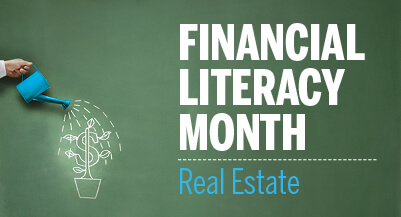8 ways to start the home-buying process
Thinking about taking this big step? Here's what to know when it's time to budget for a new home.
Advertisement
Thinking about taking this big step? Here's what to know when it's time to budget for a new home.

 Real estate isn’t just a place to live anymore, it’s now an integral part of your financial plan. But that doesn’t mean you should get in at all cost. To make it work, you need to consider the purchase of a home as part of your overall financial plan. To help you stay on track, here are eight simple steps you can take to start the home-buying process in a fiscally responsible way.
Real estate isn’t just a place to live anymore, it’s now an integral part of your financial plan. But that doesn’t mean you should get in at all cost. To make it work, you need to consider the purchase of a home as part of your overall financial plan. To help you stay on track, here are eight simple steps you can take to start the home-buying process in a fiscally responsible way.
Share this article Share on Facebook Share on Twitter Share on Linkedin Share on Reddit Share on Email